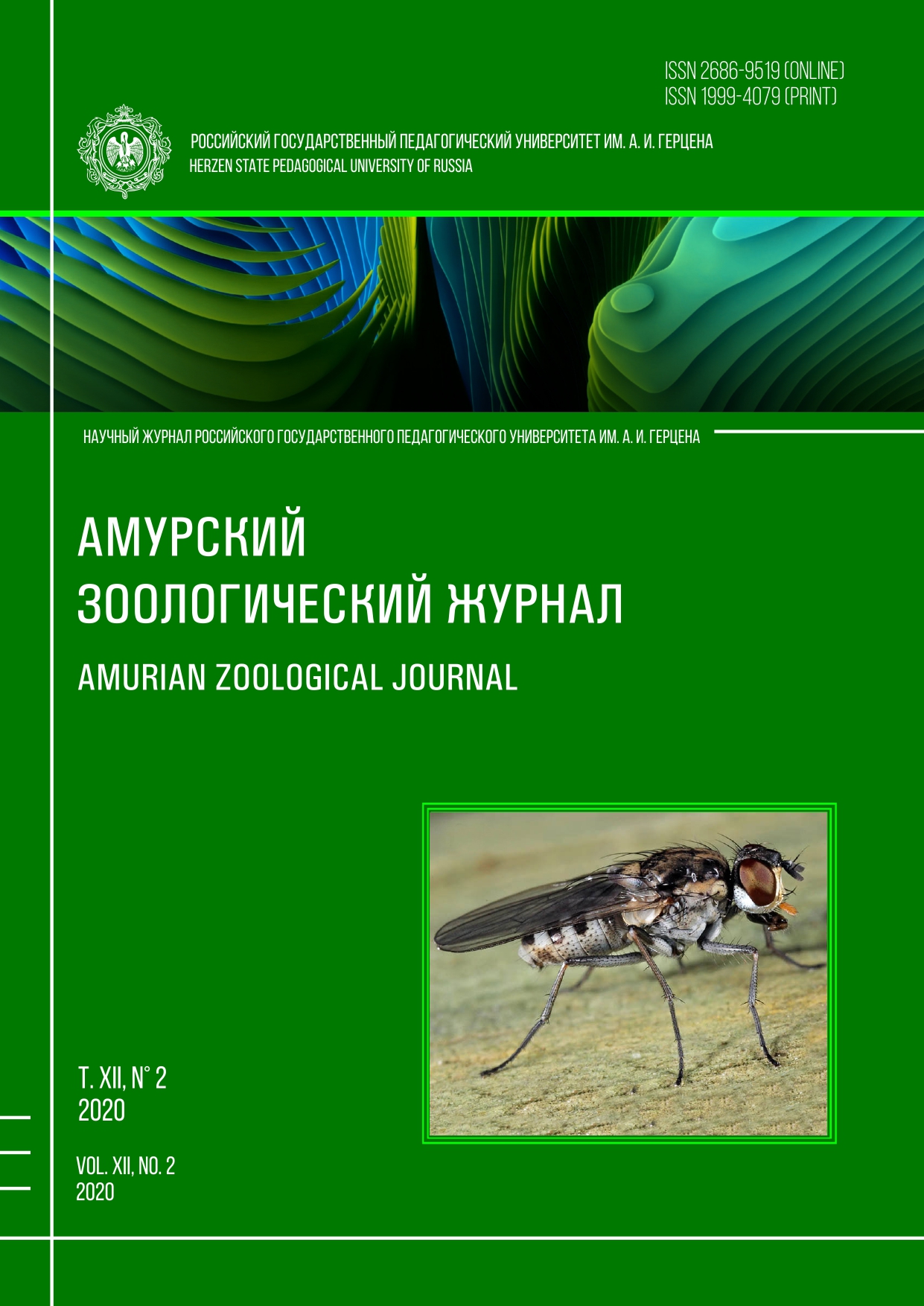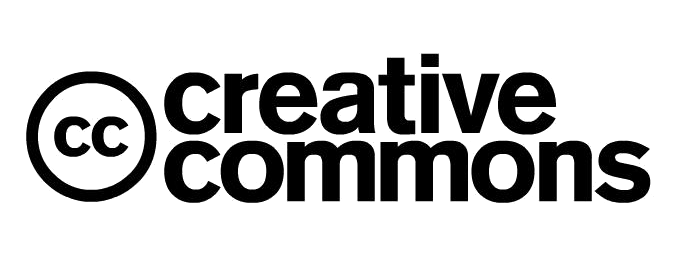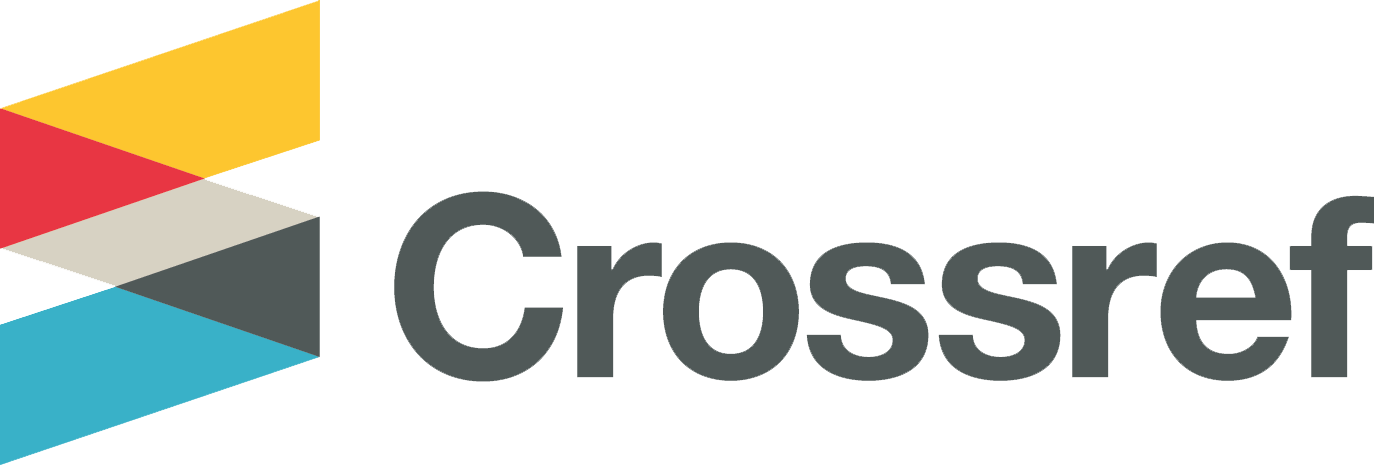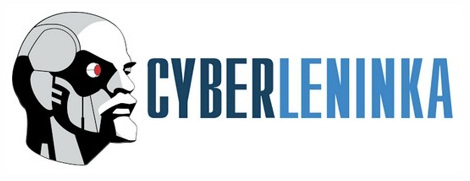Description of a new water mite of the genus Zschokkea Koenike, 1892 (Acari, Hydrachnidia, Hydryphantidae) from Northeastern Russia
DOI:
https://doi.org/10.33910/2686-9519-2020-12-2-132-137Keywords:
Hydrachnidia, water mites, Zschokkea orientalis, new species, morphology, male, femaleAbstract
A description of the male and female of a new water mite species of the genus Zschokkea from the Asian part of Russia is given.
References
Gerecke, R., Gledhill, T., Pešić, V., Smit, H. (2016) Sϋβwasserfauna von Mitteleuropa. Bd. 7/2-3. Chelicerata: Acari III. Heidelberg; Dordrecht; London; New York: Springer-Verlag, 429 p. DOI: 10.1007/978-3-8274-2689-5 (In English)
Lundblad, O. (1927) Die Hydracarinen Schwedens. I. Beitrag zur Systematik, Embryologie, Ökologie und Verbreitungsgeschichte des Schwedischen Arten. Zoologiska Bidrag Från Uppsala, Bd. 11, S. 185–540. (In German)
Lundblad, O. (1968) Die Hydracarinen Schwedens. III. Arkiv för Zoologi, Ser. 2, Bd. 21 (1), S. 1–633. (In German)
Sokolov, I. I. (1940) Hydracarina — vodyanye kleshchi. Chast’ I: Hydrachnellae [Hydracarina — the aquatic mites. Part 1: Hydrachnellae]. Moscow; Leningrad: Academy of Sciences Publ., 510 p. (Fauna SSSR [Fauna of the Soviet Union]. Vol. 5. No. 2). (In Russian)
Tuzovskij, P. V. (1976) Novyj vid vodyanogo kleshcha roda Thyas (Hydryphantidae, Acariformes) [A new species of the water mite of the genus Thyas (Hydryphantidae, Acariformes)]. Informacionnyj byulleten’ “Biologiya vnutrennikh vod” — News Bulletin “Inland Water Biology”, no. 29, pp. 47–49. (In Russian)
Tuzovskij, P. V. (1987) Morfologiya i postembrional’noye razvitie vodyanykh kleshchej [Morphology and postembryonic development in water mites]. Moscow: Nauka Publ., 172 p. (In Russian)
Viets, K. O. (1987) Die Milben des Süßwassers (Hydrachnellae und Halacaridae (part.), Acari) 2: Katalog. Hamburg: Parey, 1012 S. (Sonderbände des Naturwissenschaftlichen Vereins Hamburg, Bd. 8). (In German)
Downloads
Published
Issue
Section
License
The work is provided under the terms of the Public Offer and of Creative Commons public license Creative Commons Attribution 4.0 International (CC BY 4.0).
This license permits an unlimited number of users to copy and redistribute the material in any medium or format, and to remix, transform, and build upon the material for any purpose, including commercial use.
This license retains copyright for the authors but allows others to freely distribute, use, and adapt the work, on the mandatory condition that appropriate credit is given. Users must provide a correct link to the original publication in our journal, cite the authors' names, and indicate if any changes were made.
Copyright remains with the authors. The CC BY 4.0 license does not transfer rights to third parties but rather grants users prior permission for use, provided the attribution condition is met. Any use of the work will be governed by the terms of this license.







